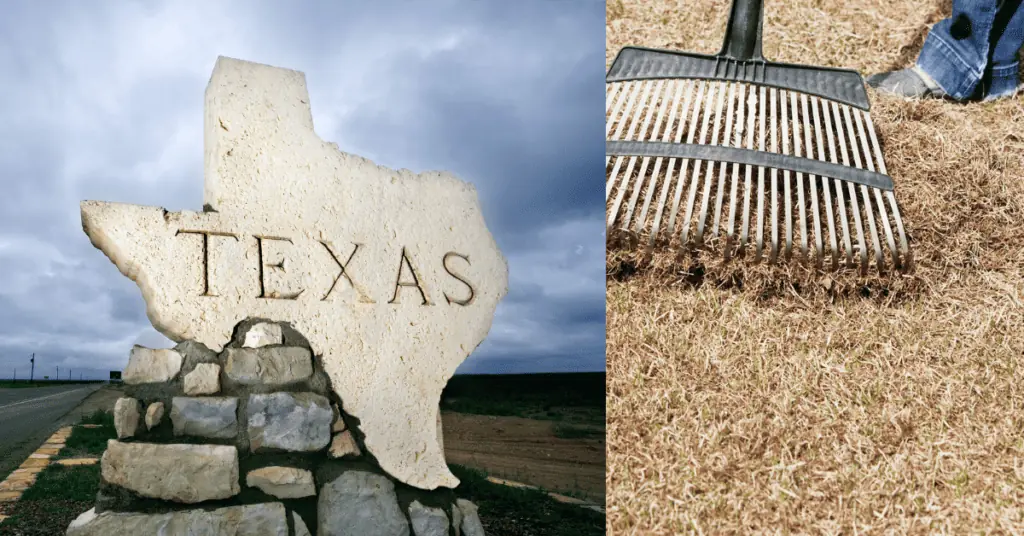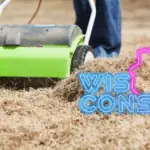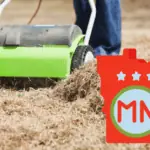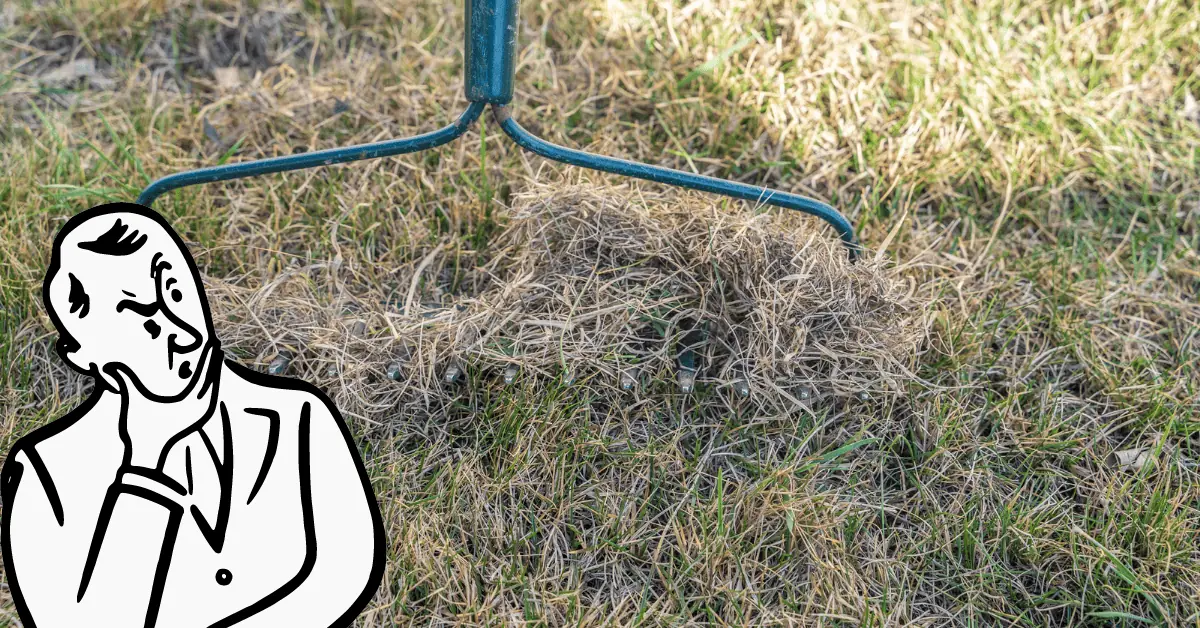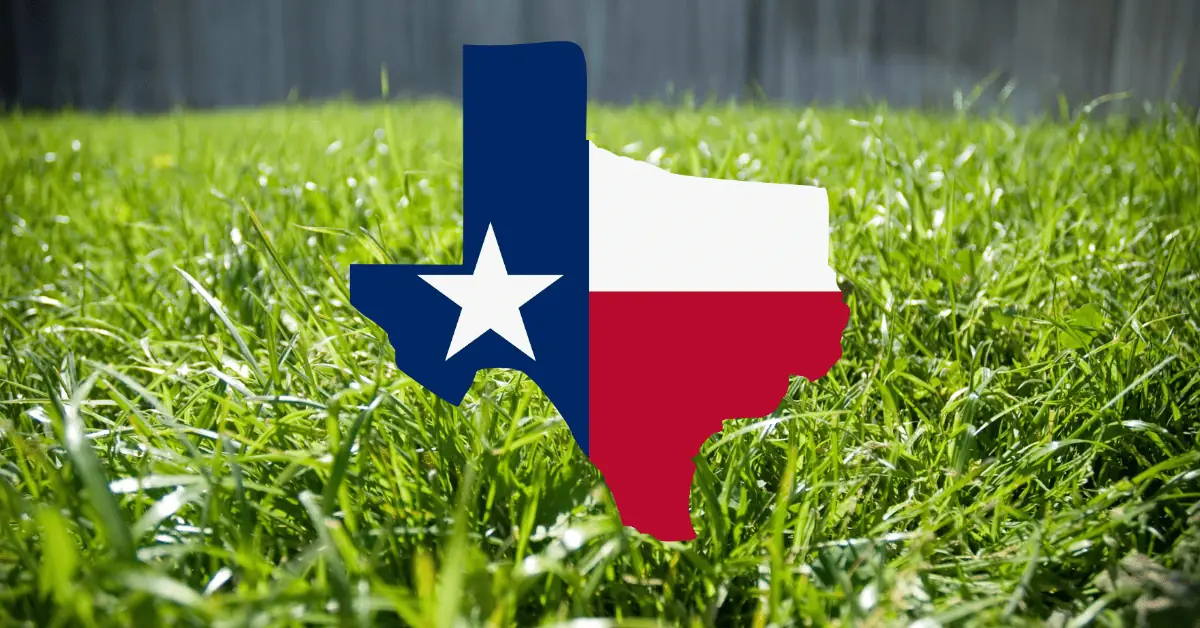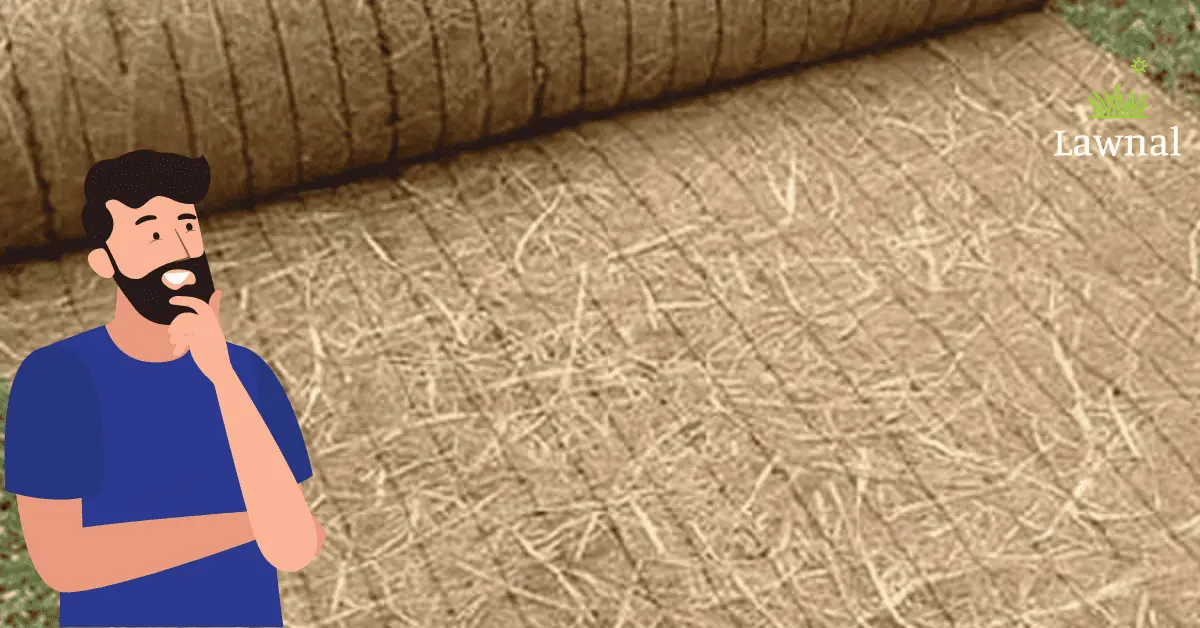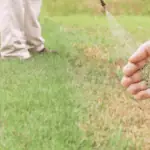Are you tired of a lackluster lawn that never seems to grow as green and thick as you want it to? Perhaps it’s time to give your lawn a good dethatching. But when is the best time to do it?
If you’re a Texas resident, you know that the weather here can be unpredictable, and it’s essential to know the right time to dethatch your lawn to avoid causing damage.
Dethatching removes dead grass, debris, and other materials accumulating on the soil surface, hindering healthy lawn growth.
This article will explore the best time to dethatch your lawn in Texas, considering the climate, soil type, and grass variety. After reading through, you’ll better understand when to dethatch your lawn to ensure it thrives in the hot Texas climate.
What is Thatch and Why Does it Matter?
Thatch is a layer of living and dead organic matter that accumulates between the grass blades and the soil surface. It consists of dead grass, leaves, stems, and other debris that have not decomposed fully. It is a natural occurrence in most lawns, but accumulating beyond a certain level can become problematic.
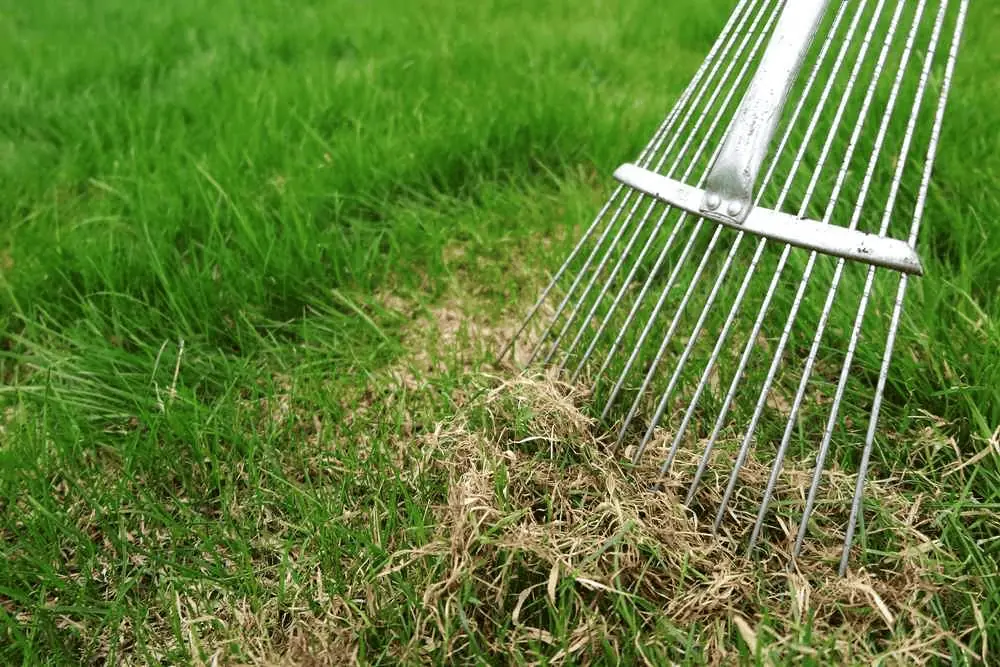
Thatch matters because it can impede the movement of water, nutrients, and air to the grassroots. This can lead to shallow root growth and make the lawn more susceptible to drought, disease, and insect damage. But excessive thatch can also prevent fertilizers and pesticides from reaching the soil and may create a spongy, uneven surface that is difficult to mow.
Thatch buildup is more common in some grass types than others. For example, warm-season grasses like Bermuda and St. Augustine produce more thatch than cool-season grasses like fescue and Kentucky bluegrass.
Still, thatch buildup can occur when the grass is over-fertilized, overwatered, or cut too short, causing it to produce more organic material than it can break down.
While some thatch is beneficial for lawns, too much can be detrimental. A layer of ½ inch or less is considered healthy, while anything beyond ¾ inch can cause problems. It is essential to manage thatch to keep lawns healthy and thriving.
When to Dethatch Your Lawn in Texas
It’s crucial to understand when to dethatch it to maintain a healthy and lush lawn. In Texas, the timing of dethatching can vary depending on the grass type and the region you’re in. Dethatching at the wrong time can cause more harm than good, resulting in a weaker, less resilient lawn.
Timing is everything when it comes to dethatching your lawn. It’s generally recommended in Texas to dethatch cool-season grasses, such as tall fescue, Kentucky bluegrass, and perennial ryegrass, in early spring or early fall. These are the optimal times for the grass to recover quickly and grow vigorously.
Early spring, around mid-March to early April, is the best time to dethatch cool-season grasses with a thick thatch layer. During this time, the grass is actively growing, and the soil is moist and cool, making it easier to remove the thatch without damaging the grass.
It’s essential to dethatch before the grass grows too much, as removing too much thatch can cause stress, making it more vulnerable to diseases and pests.
Early fall, around mid-August to mid-September, is a suitable time to dethatch cool-season grasses. Dethatching at this time will help the grass recover from the hot summer months and prepare for the winter.
How to Dethatch Your Lawn in Texas
Dethatching your lawn in Texas is pretty simple, but it can be physically demanding, especially if you have a large lawn. Here are the steps to follow:
- Mow the Grass Short: Before dethatching, mow your lawn to expose the thatch layer and make removing it easier.
- Rake the Thatch: Use a thatch or power rake to remove the thatch layer. Make sure to rake in different directions to loosen the thatch and prevent damage to the grassroots.
- Remove the Debris: Once you have removed the thatch, rake up the debris and dispose of it.
- Water and Fertilize: After dethatching, water your lawn thoroughly to help it recover from the stress. Apply a light fertilizer to promote healthy growth.
Tips for Maintaining a Healthy Lawn
Maintaining a healthy lawn in Texas requires a combination of good practices and regular maintenance. Here are some tips to ensure successful results:
- Dethatch during the appropriate time of year, typically in the early spring or fall when the grass is actively growing.
- Mow your lawn at the right height for your grass type. It would be best to keep it around 2-3 inches tall.
- Avoid dethatching during drought or high heat, which can stress the grass.
- Water your lawn thoroughly before and after dethatching to help the grass recover.
- Consider overseeding your lawn after dethatching to fill bare spots and promote healthy growth.
- Fertilize regularly by applying a balanced fertilizer to your lawn every 6-8 weeks during the growing season to promote healthy growth.
By following these steps and tips, you can successfully dethatch your lawn in Wisconsin and promote a healthier, more vibrant lawn.
Conclusion
Determining the best time to dethatch your lawn in Texas is crucial to maintain a healthy and beautiful lawn. As discussed earlier, the best time to dethatch is during the growing season, typically from late spring to early fall. This time frame ensures that the grass will recover quickly and fill in any open spaces left by the removal of thatch.
It is also important to note that not all lawns require dethatching, and it should only be done if there is a significant buildup of thatch. Regular maintenance practices, such as proper mowing, watering, and fertilizing, can help prevent thatch buildup and keep your lawn healthy.
Now that you know the best time to dethatch your lawn in Texas, it’s time to take action. Consider scheduling a dethatching service during the growing season if you notice a significant buildup of thatch. You can also take preventative measures to avoid thatch buildup by adequately maintaining your lawn throughout the year.
